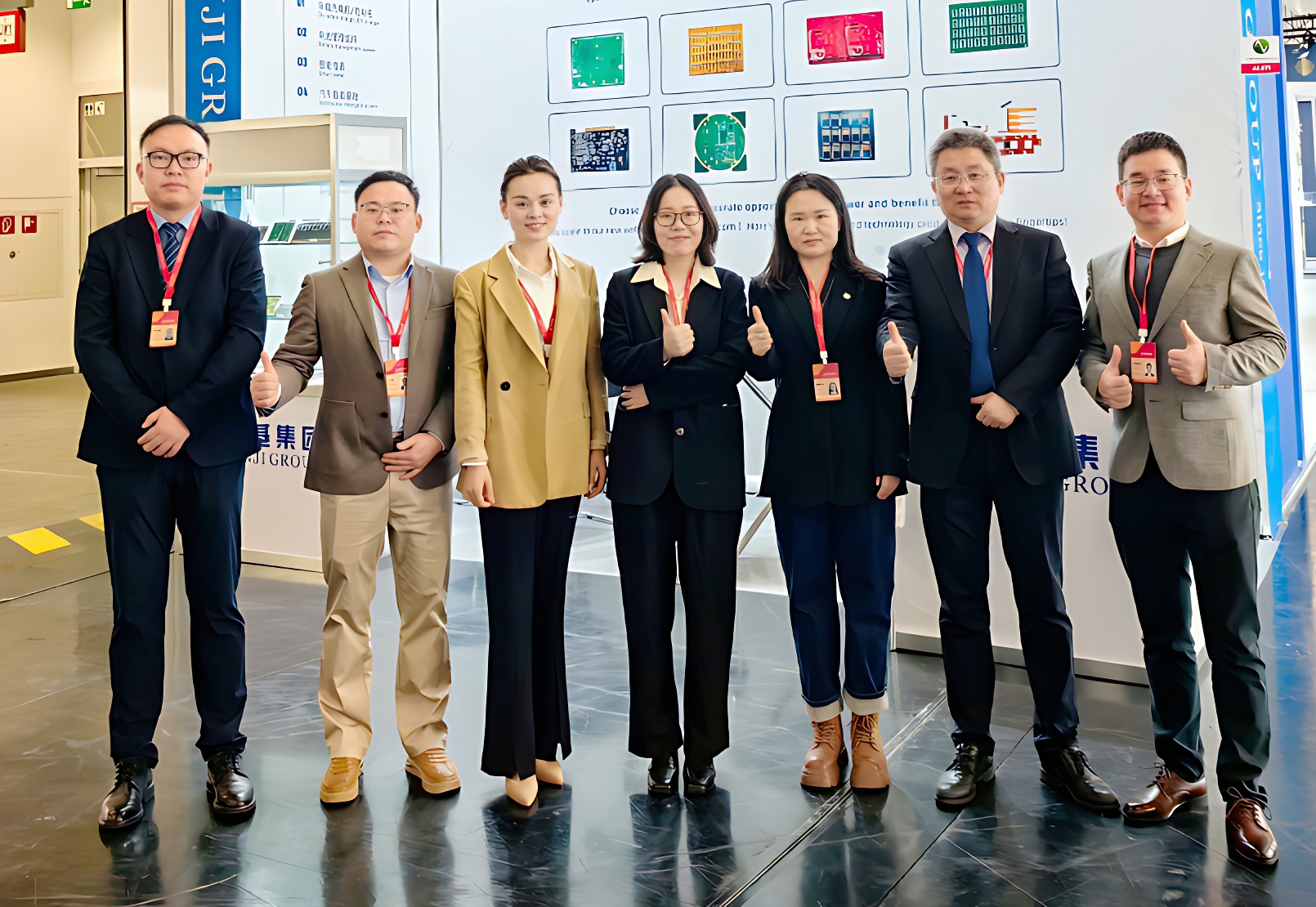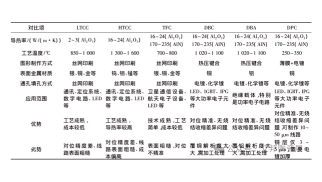Sorry, no sales person is available right now to take your call. Pls leave a message and we will reply to you via email as soon as possible.
A Comprehensive Guide to the Manufacturing Process of Aluminum Nitride (AlN) Ceramic Substrates"
Aluminum Nitride (AlN) ceramic, as a next-generation advanced electronic packaging material, has become the preferred solution for high-power integrated circuit substrates due to its exceptional thermoelectric-mechanical synergy. Its core advantages include:
- Thermal Management: High thermal conductivity of 170–230 W/(m·K) paired with a silicon-matched thermal expansion coefficient (4.5×10⁻⁶/K);
- Electrical Performance: Ensured high-frequency signal integrity with a dielectric constant ≤9.1 (1 MHz) and a loss tangent ≤0.0005;
- Environmental Compatibility: Combines UL94 V-0-rated insulation properties with RoHS-compliant, non-toxic, and eco-friendly characteristics. These attributes effectively address heat dissipation challenges in high-frequency, highly integrated packaging for applications such as 5G base stations and new energy vehicle IGBT modules.
Although hot pressing and isostatic pressing are suitable for producing high-performance AlN sheet ceramics, their high costs and low production efficiency struggle to meet the increasing demand for AlN ceramic substrates in the electronics industry. To resolve this issue, many manufacturers have adopted tape casting for AlN ceramic substrate fabrication in recent years. Tape casting has now emerged as the dominant forming process for AlN ceramic substrates in electronic applications.

I. Ball Milling and Slurry Preparation
In the preparation of aluminum nitride (AlN) slurry, organic mixed solvents—such as dispersants, binders, and plasticizers—are typically added to achieve rheological properties suitable for tape casting. Additionally, Y₂O₃ is commonly introduced as a sintering aid under atmospheric sintering conditions. The viscosity of the slurry significantly impacts substrate performance, with key influencing factors including grinding time, organic solvent content, dispersant dosage, and binder/plasticizer ratios. Consequently, slurry formulation and process control play critical roles in determining the final properties of ceramic substrates.
II. Tape Casting
Tape casting offers high production efficiency, enabling continuous and automated manufacturing to reduce costs and facilitate mass production. It allows the fabrication of substrates with thicknesses ranging from <10 µm to >1 mm. As a pivotal step in commercializing AlN ceramic substrates, tape casting holds significant application potential.
Compared to other forming techniques, tape casting boasts distinct advantages:
- Simple equipment and processes, enabling continuous production;
- Capability to produce single-phase or composite ceramic thin films;
- Minimal defects, uniform performance, high efficiency, and continuous operation;
- Scalability for both small- and large-batch industrial production;
- Unique suitability for manufacturing large-area, thin ceramic components—a key advantage unattainable with pressing or extrusion methods.
III. Binder Removal
Green tapes produced via tape casting contain substantial organic content, resulting in high porosity and low mechanical strength. Direct sintering would induce severe shrinkage, warpage, and interlayer adhesion, compromising yield and thermal conductivity. To mitigate these defects, pre-sintering in a nitrogen atmosphere furnace at 1,100°C is employed. This step enhances green body strength, reduces porosity, and ensures flat, high-performance AlN substrates.
IV. Sintering
Following binder removal, AlN substrates undergo high-temperature sintering. Key factors in sintering high-thermal-conductivity AlN substrates include sintering methods, sintering aid selection, and atmosphere control.
Due to AlN’s covalent bonding nature and low self-diffusion coefficient, achieving densification is exceptionally challenging. Rare-earth or alkaline-earth metal oxides are typically required as sintering aids, yet sintering temperatures exceeding 1,800°C remain necessary.
Dense, high-performance AlN ceramics can be obtained through three primary approaches:
- Use of ultrafine powders;
- Hot pressing or isostatic pressing;
- Incorporation of sintering aids.
Common sintering techniques for AlN substrates include:
- Hot Press Sintering
- Pressureless Sintering
- Microwave Sintering
- Spark Plasma Sintering (SPS)
- Self-Propagating High-Temperature Synthesis (SHS)
Among these, hot press sintering remains the dominant method for producing high-thermal-conductivity, dense AlN ceramics.
V. Challenges and Industry Trends
The production of AlN ceramic substrates demands stringent control across powder synthesis, formulation mixing, forming, sintering, and post-processing—particularly in high-end applications requiring exceptional performance and stability. High equipment costs, complex manufacturing processes, and technical barriers further elevate entry thresholds. However, recent years have witnessed accelerated localization of AlN substrate production in China, driving vigorous industry growth.





